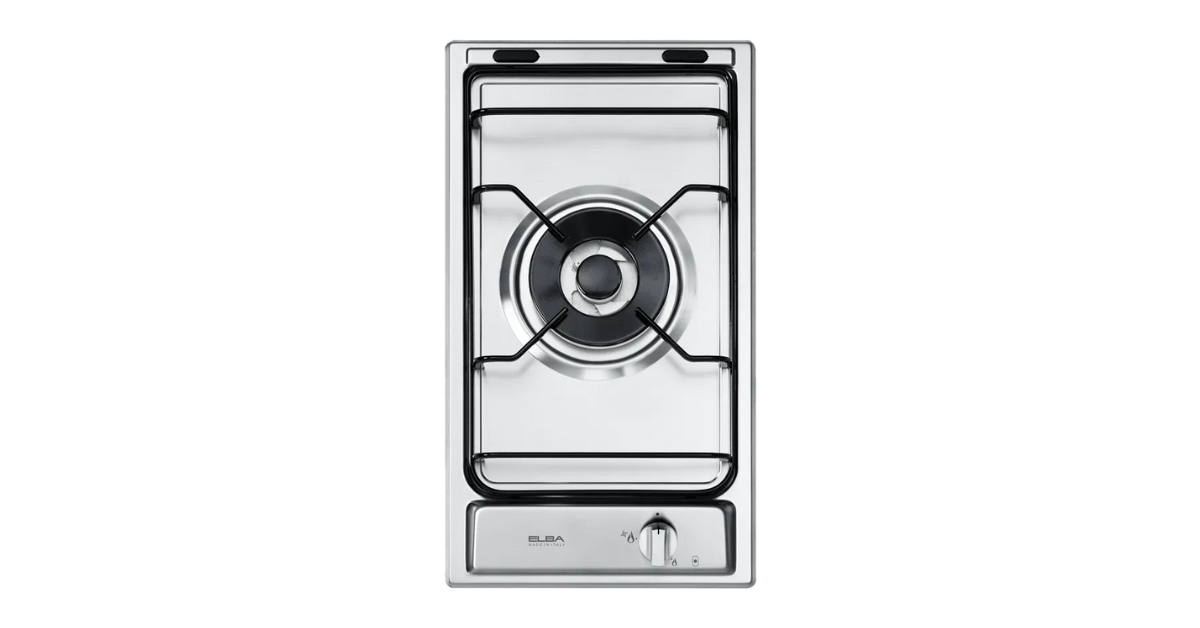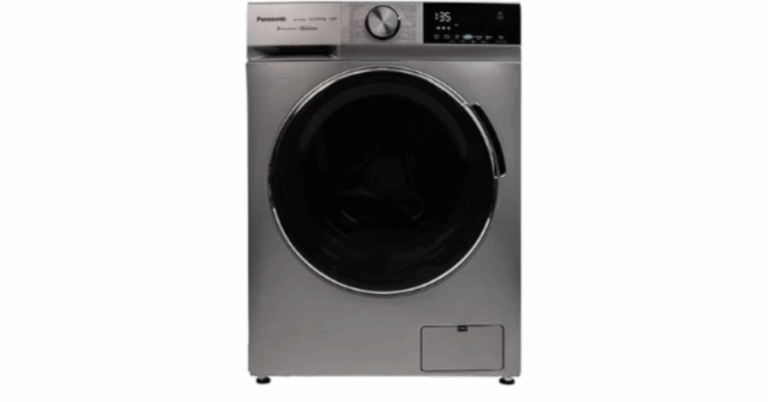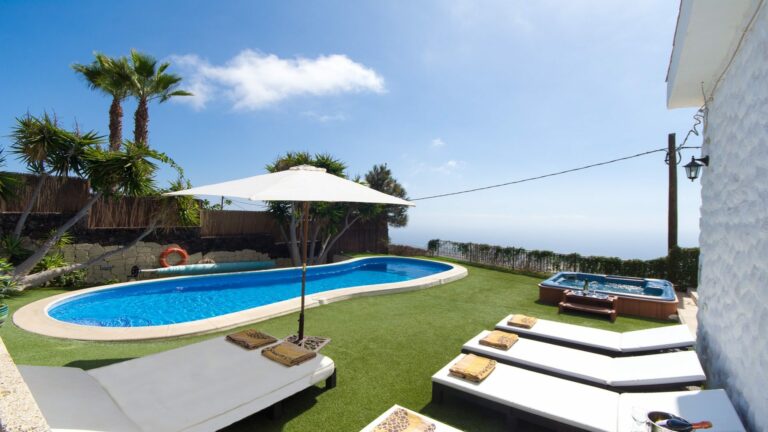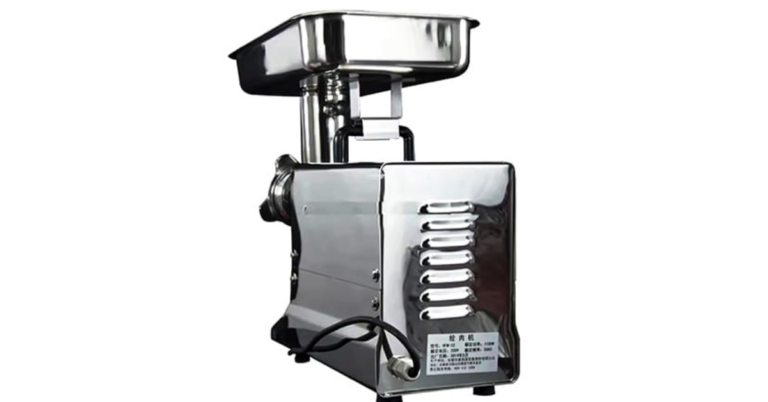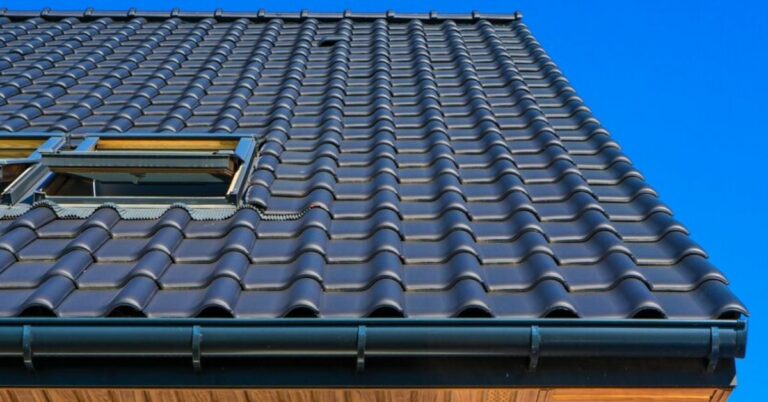Choosing the Right Built-In Hob Singapore: A Comprehensive Guide
When redesigning a kitchen in Singapore, one of the most impactful decisions you’ll make is your choice of cooking hob. A Built In Hob Singapore offers a sleek, integrated look, optimizes countertop space, and delivers efficient performance. Whether you favour gas for its instant flame control or induction for its speed and safety, selecting a high-quality built-in hob can elevate both your cooking experience and your kitchen’s aesthetics.
1. Why Go for a Built-In Hob?
Seamless Kitchen Design
A built-in hob sits flush with the countertop, creating a continuous surface that looks clean and modern. Without raised edges or bulky frames, it makes cleaning easier and lends a premium, streamlined feel to the kitchen.
Better Use of Space
By integrating the hob into the countertop, you free up vertical space and avoid bulky freestanding ranges that can obstruct movement or sightlines in compact kitchens. In Singapore’s smaller apartments, every centimeter counts.
Enhanced Safety & Efficiency
Many built-in hobs come with safety features such as automatic shut-off, flame failure detection, and child locks. Induction models, in particular, only heat when compatible cookware is present, reducing risk and wasted energy.
2. Gas vs Induction: Which Is Better for You?
Gas Hob Traditional Control & Instant Feedback
Gas built-in hobs are still favoured by many chefs because of the immediate control over flame intensity. You can visually gage and adjust the heat in real time, ideal for techniques like searing, charring or flambéing. Gas hobs often work with any kind of cookware, and even during power outages, meals can continue uninterrupted.
Induction Hob Speed, Precision & Safety
Induction hobs use magnetic fields to induce heat directly in the cookware, delivering very fast temperature changes, high efficiency, and surface cool-to-touch safety. They’re quieter, cleaner (no open flames), and often come with smart cooking features such as timer zones and bridging zones.
In Singapore, where energy efficiency and safety are increasingly valued, induction options are gaining popularity. But the choice ultimately depends on your cooking style, fuel availability, and budget.
3. Factors to Consider When Buying a Built-In Hob in Singapore
(a) Size & Configuration
Standard widths include 30 cm, 60 cm, 70 cm, and 90 cm. Choose a size that fits your countertop layout and your meal preparation habits (e.g. do you often use multiple pots at once?). For example, a 60 cm hob with four burners might suffice for most households; a 90 cm hob is better suited for serious cooks.
(b) Burner & Cooking Zones
Check how many burners or zones the hob offers, and whether they have different power levels (e.g. a high-power burner for wok cooking). Some induction models allow you to combine zones for larger pans (bridging zone).
(c) Material & Durability
Look for hobs constructed with tempered glass, toughened ceramic, or quality stainless steel. The burners, grates, and internal components should be robust and easy to replace or clean.
(d) Safety & Features
Important features include:
-
Flame failure or gas cut-off
-
Overheat protection
-
Child lock / control lock
-
Residual heat indicators (especially for induction)
-
Auto shut-off timers
-
Touch or soft-press controls that resist grease and spills
(e) Installation & Ventilation
Built-in hobs must be cut into the countertop, so ensure your cabinetry and counter material are compatible. Adequate ventilation (hoods or exhaust fans) is essential, especially for gas models, to avoid smoke or gas buildup.
(f) After-Sales Support & Warranty
Choose brands that offer reliable servicing, spare parts, and warranties in Singapore. This ensures longevity and peace of mind.
4. Spotlight on Elba’s Built-In Hob Options (as a Reference)
To illustrate how these features come together in real products, let’s look at some built-in hobs that are representative of what’s available in the Singapore market:
-
30 cm Gas Hob: Compact and ideal for small kitchens or secondary cooking zones.
-
60 cm Gas Hob: A versatile mid-size model with multiple burners.
-
90 cm Gas Hob: A wide model with room for wok burners and multiple pans simultaneously.
-
30 cm / 60 cm Induction Hob: Sleek, fast, and efficient for modern kitchens focused on safety and energy saving.
These models exemplify the trade-offs between size, functionality, fuel type, and style.
5. Pros & Cons of Built-In Hobs in Singapore Context
✅ Advantages
-
Efficient Use of Limited Space: Built-in hobs help maintain an uncluttered kitchen layout.
-
Modern Aesthetic: They contribute to seamless, high-end kitchen design.
-
Improved Safety: Especially with induction, surfaces remain cool and many safety cut-offs are integrated.
-
Better Control & Features: Advanced models offer smart features like timers, power boosts, and zone linking.
-
Energy Efficiency: Induction hobs waste less heat compared to gas and conventional electric.
⚠ Challenges / Considerations
-
Higher Initial Cost: Especially for induction models with advanced features.
-
Compatibility of Cookware: Induction requires ferromagnetic bottomed cookware.
-
Gas Infrastructure: Some buildings may not support piped gas or may have constraints on retrofitting.
-
Serviceability: Built-in systems may be harder to access for repairs if not designed modularly.
-
Ventilation Needs: Gas hobs still emit combustion by-products and require good exhaust.
6. Tips for Choosing the Right Built-In Hob in Singapore
-
List Your Cooking Habits
If you often stir-fry or use woks, a gas burner or induction with high power is a must. If you mostly simmer or slow-cook, induction’s precision is ideal. -
Match Size to Kitchen Layout
Leave clearance around the hob for pots and ease of movement. Don’t crowd adjacent cabinets or walls. -
Check Electrical Capacity
Induction hobs demand higher current. Ensure your kitchen’s wiring and circuit breakers can support the load. -
Test Controls & Usability
Go to showrooms and try dialing up/down, switching zones, or triggering safety locks. Intuitive layouts save frustration. -
Ask About Spare Parts & Service
Before purchase, confirm availability of burner rings, glass panels, electronics locally in Singapore. -
Plan for Ventilation
Select a good cooker hood or exhaust system, especially for gas models, to maintain indoor air quality. -
Consider Future Needs
If you may upgrade or expand your cooking habits later, choose a hob with flexibility (extra zones, bridging zones, modular parts).
7. Installation & Maintenance
Installation
-
Ensure the countertop cut-out is done precisely to dimensions supplied by the hob manufacturer.
-
For induction, ensure a dedicated circuit with proper grounding.
-
For gas, secure gas lines with leak-proof connections and adequate clearance from electrical wiring.
Maintenance
-
Wipe spills promptly, especially acidic or sugary liquids, to prevent etching or staining.
-
Use appropriate cleaning agents for tempered glass or stainless surfaces.
-
Check burner nozzles and gas ports periodically for clogging or misalignment.
-
For induction, avoid sliding heavy cookware across the glass surface; lift to move.
-
Schedule periodic servicing for fuse replacement, gas line checks, or sensor calibration.
8. Trends & Innovations in Built-In Hobs
-
Smart Connectivity
Some hobs now integrate with apps or home automation, allowing remote monitoring or recipe-driven auto heating. -
Bridge / Flex Zones
These let you combine two or more cooking zones into one larger zone for oversized pans. -
Power Boost / Rapid Heat
Modes that give extra surge heating for boiling or searing before returning to normal. -
Touchless / Gesture Controls
Avoid smudged panels by controlling the hob with short gestures or voice commands. -
Hybrid (Gas + Induction) Units
A mix of both technologies in one hob offers flexibility to switch modes as needed.
9. Final Word
Opting for a built-in hob Singapore is more than just choosing a cooking appliance; it’s about elevating the form and function of your kitchen. The decision between gas or induction, the size, safety, support, and features all come together to define your everyday cooking experience. With thoughtful planning, a quality built-in hob can serve faithfully for many years while making your kitchen look outstanding.

